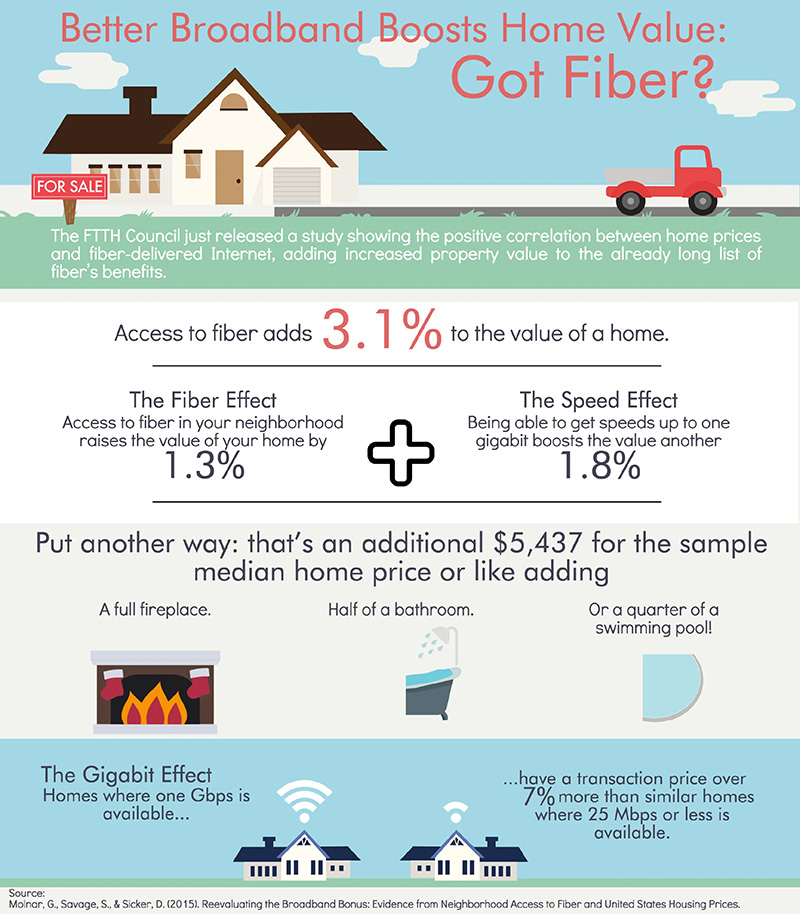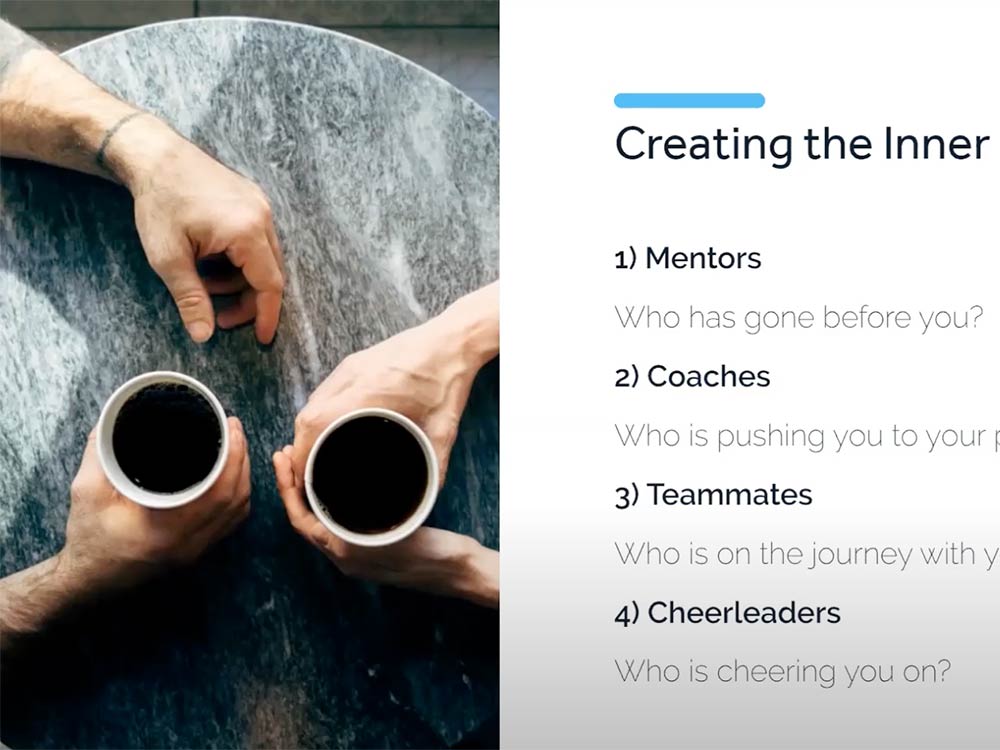
Virtual learning has emerged as a critical form of education for so many. Online education offers unparalleled flexibility and accessibility! Whether you’re a student pursuing an undergraduate or graduate degree, a professional seeking to upskill, or simply curious about a new subject, online education provides a wealth of opportunities. However, making the most of virtual learning requires self – discipline and a strategic approach. Here are some tips to help support you in your online education journey:
1. Set Clear Goals
Start by defining your educational objectives. Are you learning to enhance your career prospects, acquire new skills, or explore personal interests? Establishing clear goals will help you choose the right courses and stay motivated throughout your program.
2. Choose Reputable Platforms
Selecting the right online learning platform is critical. Look for established platforms that offer a diverse range of courses and have a reputation for quality education.
3. Create a Dedicated Learning Space
Designate a specific area in your home for learning. This space should be comfortable, free from distractions, and well-equipped with the necessary tools – such as a computer, headphones, notebooks, etc.
4. Time Management
Develop a study schedule that aligns with your daily routine. Allocate specific time slots for learning and stick to them. Consistency is key to effective online learning!
5. Active Participation
Engage actively with the course content and your instructors. Take thorough notes, participate in discussions, and ask questions! Active involvement will help reinforce your understanding and make the learning experience more valuable.
6. Stay Organized
Use digital tools like calendars, to-do lists, and note-taking apps to keep track of assignments, deadlines, and progress. Staying organized will prevent last-minute rushes and reduce stress.
7. Interact with Peers
Many online courses offer discussion forums or group activities. Engaging with your peers can provide different perspectives on the course material and help establish a sense of community.
8. Ask for Feedback
Don’t hesitate to ask for feedback from instructors or peers on your assignments or projects. Constructive feedback can guide your learning and help you improve!
9. Minimize Distractions
During your designated study time, eliminate distractions such as social media, emails, and unrelated websites. Consider using controls such as putting your phone on “Do Not Disturb” to help you stay focused.
10. Explore Diverse Resources
Supplement your learning with additional resources like books, articles, podcasts, and YouTube videos. Diverse resources can provide a well-rounded understanding of the topic.
11. Set Realistic Expectations
Online learning requires self-discipline and effort. Be realistic about your pace of learning and the time you can commit to your courses.
12. Celebrate Achievements
Acknowledge and celebrate your milestones and achievements throughout your learning journey! It will boost your motivation and sense of accomplishment.
Virtual learning offers an incredible opportunity to acquire knowledge and skills while remaining flexible with our busy lives! By setting clear goals, managing your time effectively, staying organized, and engaging actively with the course content, you can optimize your online education experience. Remember that the journey is as important as the destination – so enjoy the process of learning and growing!











